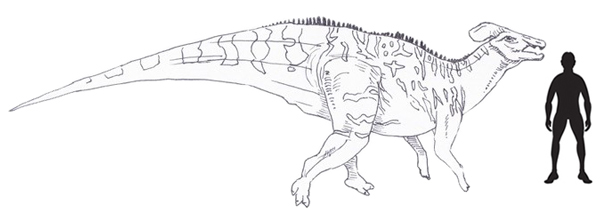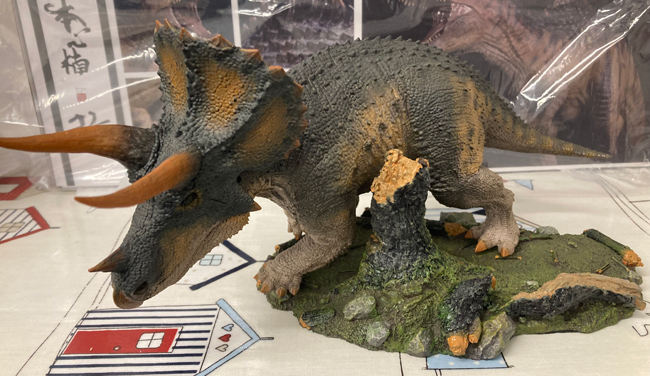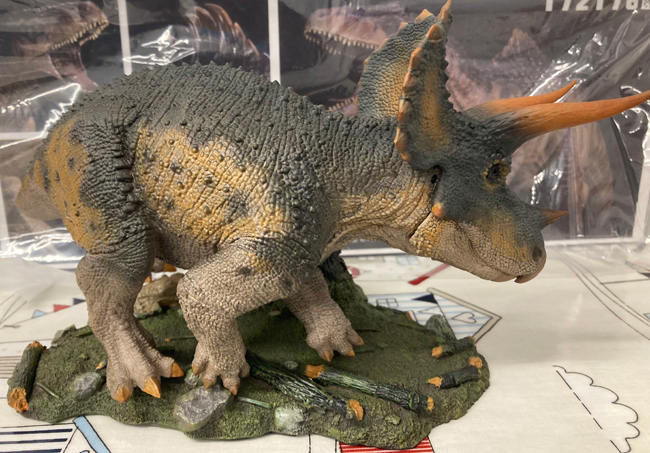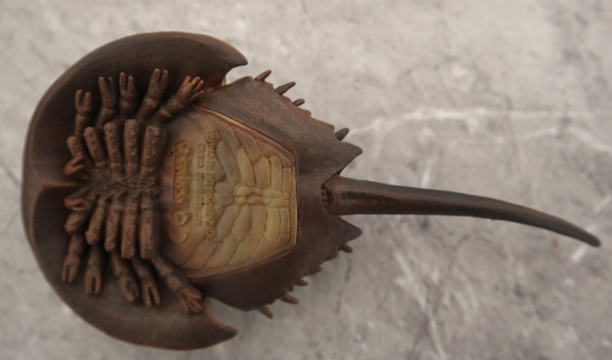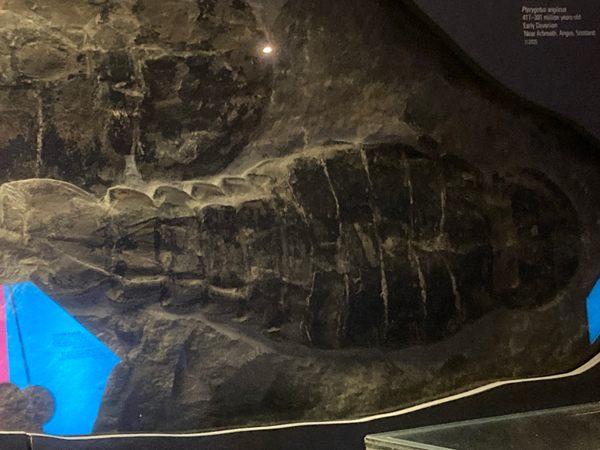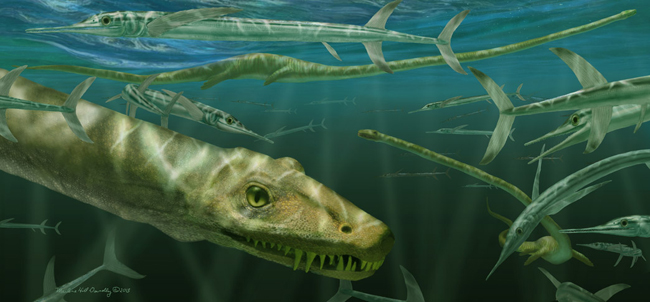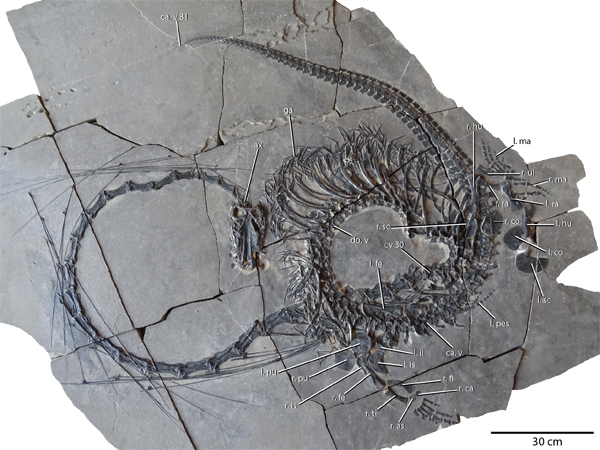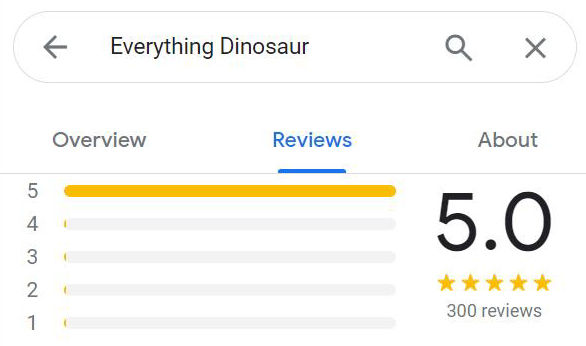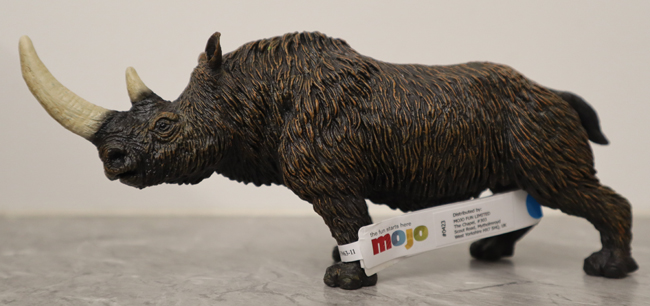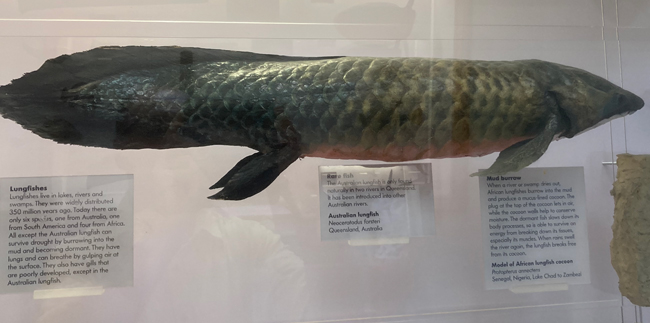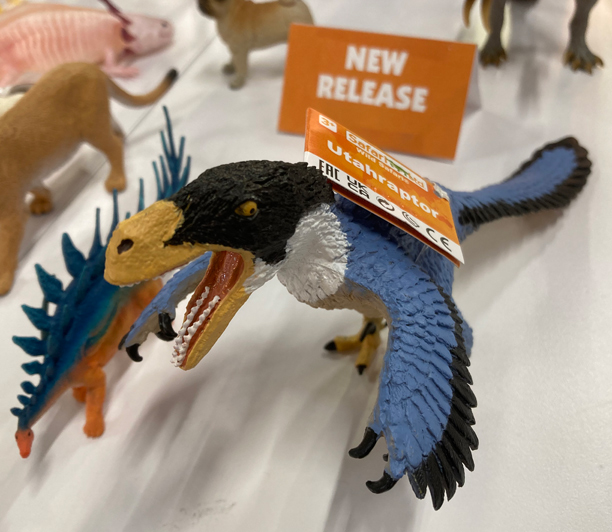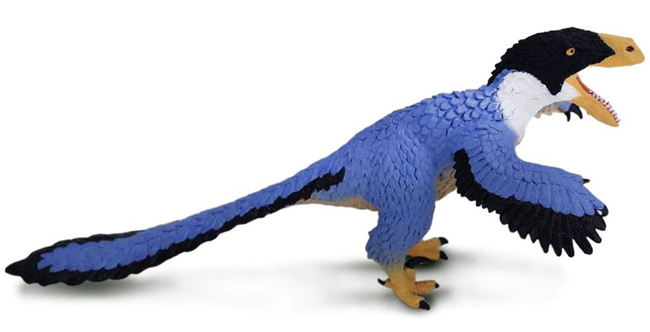Everything Dinosaur’s work with photoshop and other platforms.
How Accurate is the New CollectA Polacanthus?
A new 1:20 scale Polacanthus foxii model will be added to the CollectA Deluxe range this year. This armoured dinosaur was named in 1865. At the time, it was one of only a handful of armoured dinosaurs known to science. It was named before Stegosaurus (Marsh 1877) and Ankylosaurus (Brown 1908). The CollectA Polacanthus model represents the very latest scientific interpretation of this iconic dinosaur.
The Sacral Shield
This dinosaur is famous for its shield of armour located over the hips (sacral shield). This fused sheet of dermal armour was repaired and restored by Caleb Barlow (1882). He did a remarkable job considering the fossils had deteriorated and the work was regarded as a “hopeless undertaking” by the geologist John Whitaker Hulke. Most descriptions of the osteoderms and raised bosses associated with this sacral shield refer to four rows of osteoderms on each side of this pelvic shield. However, these features do not seem to be present in the fossil material.
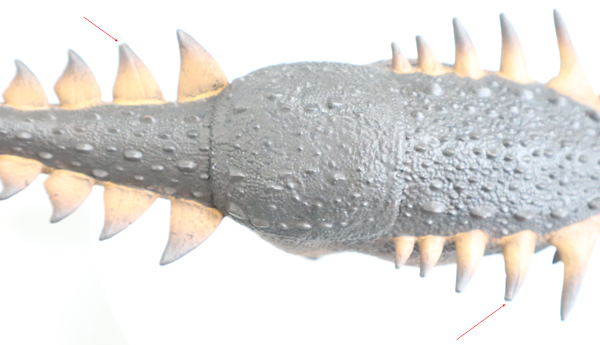
The shield on the CollectA Polacanthus model does reflect the morphology of the fossil material. It closely follows the layout of dermal armour as indicated in lithographs of the actual fossils that were produced in the late 19th century.
To view the range of CollectA Deluxe figures in stock at Everything Dinosaur: CollectA Deluxe Prehistoric Animal Models.
No Presacral Spines on the Model
Hulke described the specimen based on the restored material in 1887. The Hungarian polymath Franz Nopcsa created the first skeletal reconstruction and hypothesised that tail armour consisted of eleven rows of parallel spines that became smaller towards the distal end of the tail. The CollectA Polacanthus model has eleven rows of caudal spines. However, unlike Nopsca’s illustration, the armour is orientated horizontally reflecting the arrangement of tail armour associated with better known nodosaurids like Gastonia burgei.
He also suggested that there were two rows of upward pointing presacral spines. The first reconstruction of the skeleton occurred in 1905 when the fragmentary fossils of P. foxii were put on public display.
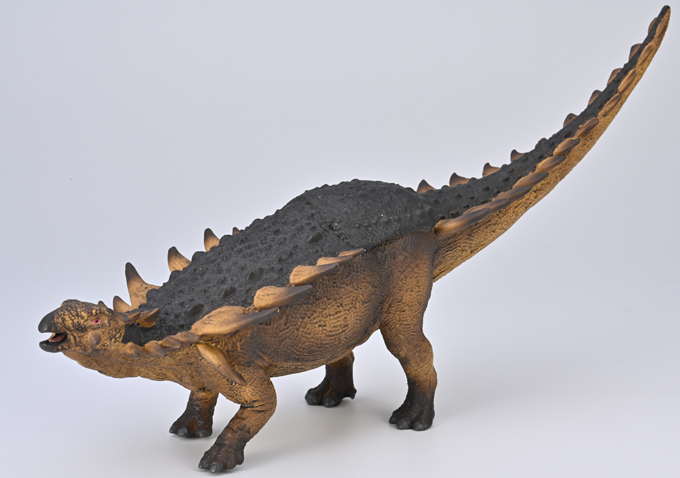
CollectA Polacanthus Model
The CollectA Polacanthus model does not have vertically orientated presacral spines. Instead, the model has spines that are located on the flank and point outwards. This is a more modern depiction of the armour and reflects the fact that much of the fossil material previously associated with this genus has been reassigned.

Picture credit: Everything Dinosaur
The CollectA Polacanthus model is due in stock at Everything Dinosaur later this year.
Visit the award-winning and user-friendly Everything Dinosaur website: Dinosaur Toys and Prehistoric Animal Models.


